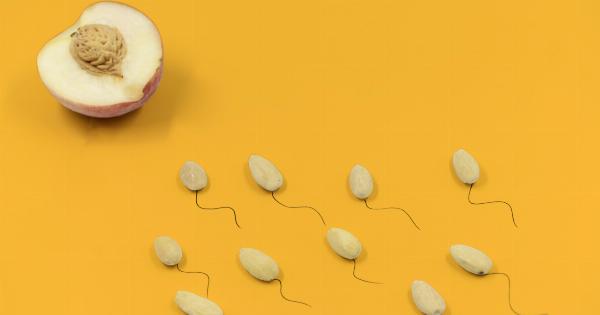Underwear is an essential item of clothing that provides comfort and supports the genitals. For men, the choice between boxers and briefs has been a topic of debate for many years.
While both types of underwear serve their purpose, there are various factors to consider when it comes to sperm production. In this article, we will explore the effects of boxers and briefs on sperm production and determine which option is best.
Sperm Production: An Overview
Sperm production, also known as spermatogenesis, is a complex process that occurs within the testicles. It involves the continuous production of sperm cells that are necessary for fertilization.
Optimal sperm production requires a specific environment, including temperature regulation and protection from external factors.
The Impact of Boxers on Sperm Production
Boxers are loose-fitting underwear that allow for ample airflow and ventilation. This design helps in maintaining a cooler environment around the testicles, which is crucial for optimal sperm production.
The testicles function best when they are slightly cooler than the rest of the body. Wearing boxers can help prevent overheating, which can have detrimental effects on sperm production.
Moreover, the loose-fitting nature of boxers ensures that there is no constriction or compression around the genital area. This freedom of movement reduces the risk of testicular injury, which can impact sperm production.
By providing a more relaxed environment, boxers offer favorable conditions for the continuous production of healthy sperm.
The Impact of Briefs on Sperm Production
Briefs, on the other hand, are tight-fitting underwear that provide a snug fit around the genitals. While briefs may offer support and a more streamlined appearance, they can potentially hinder sperm production.
The close proximity of the fabric to the testicles can increase the temperature around the area, leading to a potential decrease in sperm count and motility.
In addition, the compression created by briefs can restrict blood flow to the testicles, resulting in reduced oxygen and nutrient supply. This can negatively impact sperm production and quality.
Furthermore, the limited space within briefs may cause the testicles to rub against the fabric, potentially causing irritation or injury.
Scientific Studies and Findings
Several scientific studies have been conducted to evaluate the impact of different types of underwear on sperm production.
One study published in the journal Human Reproduction revealed that men who regularly wore boxers had significantly higher sperm concentrations and total sperm counts compared to those who preferred briefs.
Another study by researchers at the National Institute of Child Health and Human Development found that there was a correlation between the use of tight underwear and decreased sperm concentration.
The study also highlighted that men who wore boxers had a lower risk of DNA damage in their sperm.
Additional Factors Influencing Sperm Production
While the choice between boxers and briefs can impact sperm production, it is important to note that there are other factors at play as well.
Lifestyle choices such as smoking, excessive alcohol consumption, drug use, and poor diet can all contribute to reduced sperm quality and quantity.
Environmental factors like exposure to high temperatures, radiation, and certain chemicals can also affect sperm production. It is crucial to consider these aspects along with the choice of underwear for optimizing sperm production.
Conclusion
Based on scientific evidence and research, it is clear that boxers provide a more favorable environment for sperm production compared to briefs.
The loose-fitting nature of boxers ensures that the testicles are kept at an optimal temperature and are not subjected to compression or constriction. This ultimately contributes to higher sperm counts, improved sperm motility, and overall better sperm quality.
However, it is essential to recognize that individual factors and preferences may vary. It is advisable to have a discussion with a healthcare professional or fertility specialist to determine the best course of action based on personal circumstances.






























